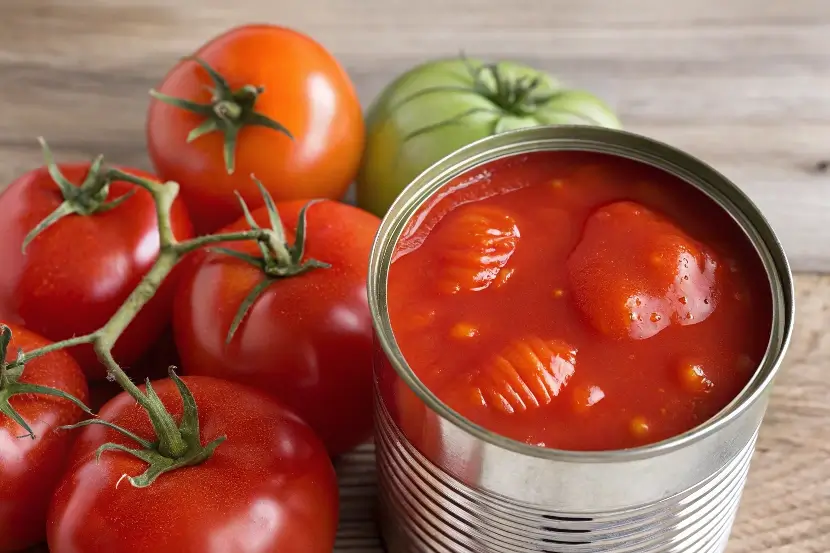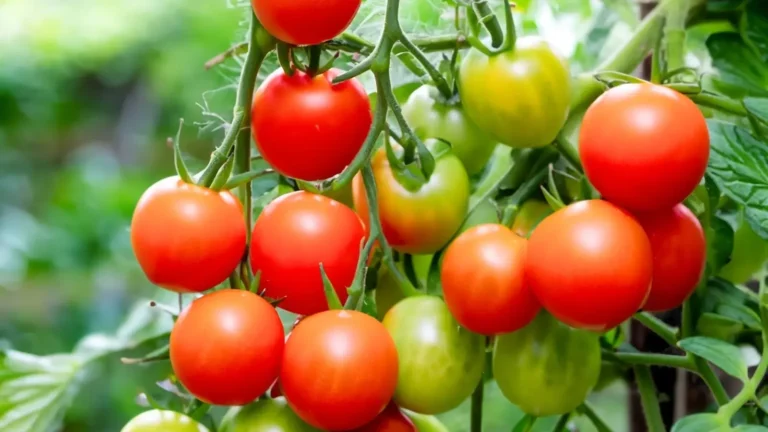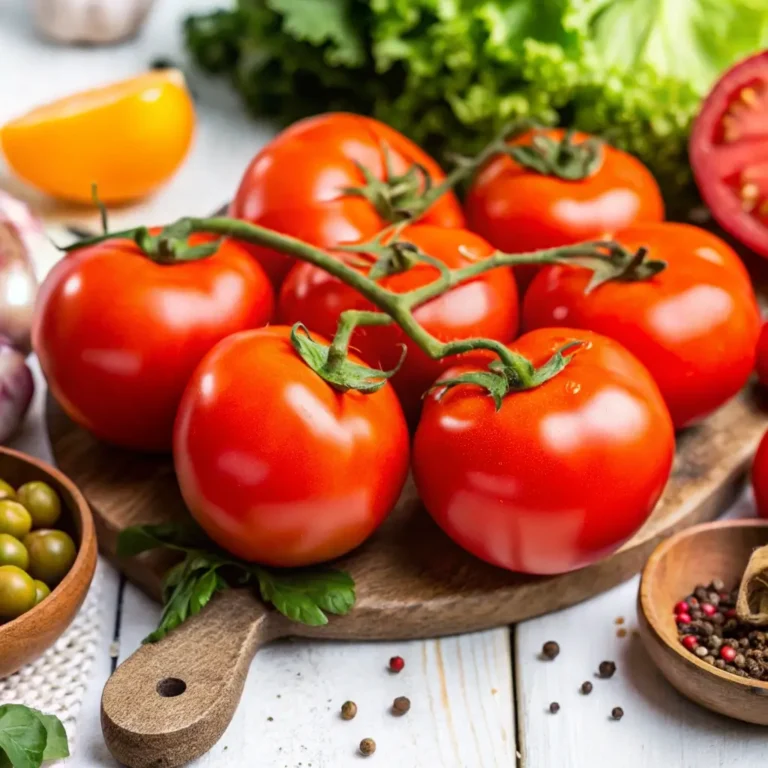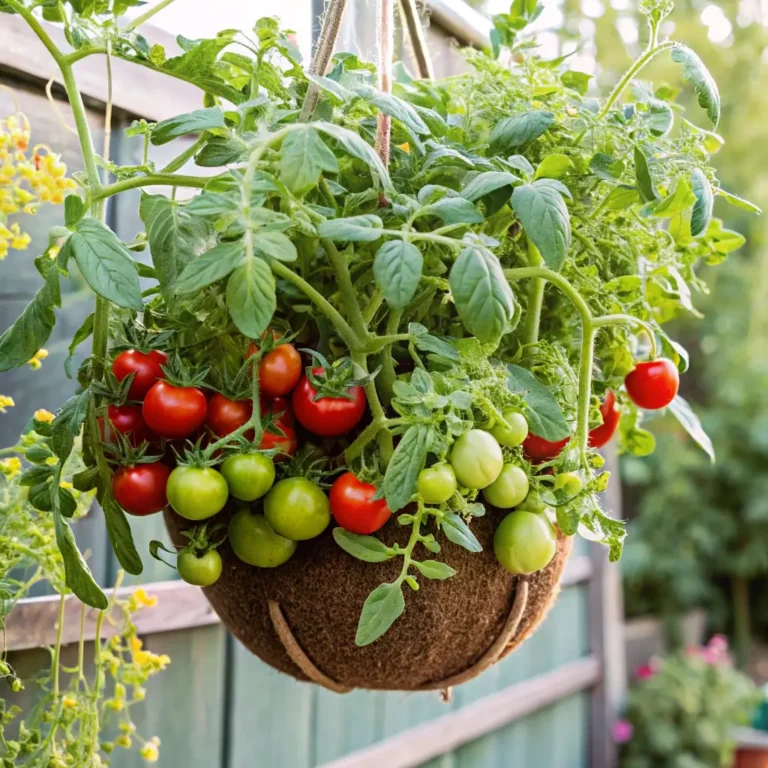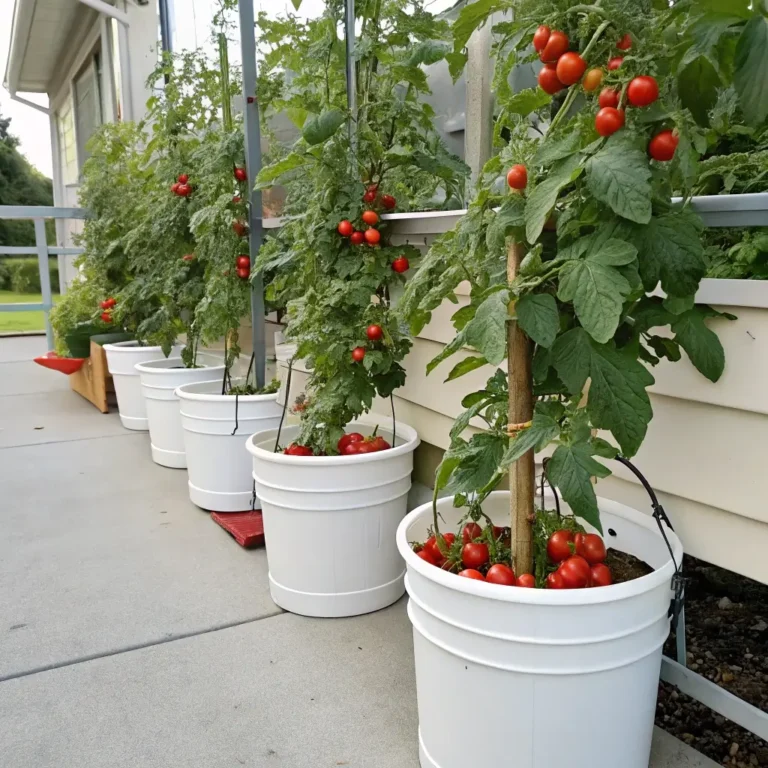How Many Tomatoes Are There In A Can? (Whole, Diced, Crushed): 5 Facts
Table of Contents
Introduction
Ever stood in your kitchen, can opener in hand, wondering exactly how many tomatoes are hiding inside that metal cylinder? You’re not alone. The question “How many tomatoes are there in a can?” is searched over 2,500 times monthly, yet concrete answers remain surprisingly elusive. Whether you’re doubling a recipe that calls for fresh tomatoes or trying to calculate the nutritional value of your homemade pasta sauce, understanding the tomato-to-can ratio can make all the difference in your culinary success. Let’s dive into the fascinating world of canned tomatoes – whole, diced, and crushed – to uncover exactly what you’re getting in each can.
The Tomato Count Breakdown
Before we explore specific recipes, let’s answer the burning question with some hard data:
- Whole Peeled Tomatoes (14.5 oz can): Contains approximately 3-4 medium whole tomatoes
- Diced Tomatoes (14.5 oz can): Contains approximately 4-5 diced medium tomatoes
- Crushed Tomatoes (14.5 oz can): Contains approximately 4-6 crushed medium tomatoes
- Tomato Paste (6 oz can): Contains approximately 10-12 reduced tomatoes
- Tomato Sauce (15 oz can): Contains approximately 5-6 processed tomatoes
These numbers can vary slightly based on the brand, tomato varieties used, and processing methods.
Timing
Understanding the tomato-to-can conversion can save you significant time in the kitchen. Converting from fresh to canned tomatoes saves approximately 45 minutes in prep time – that’s 75% less time than blanching, peeling, and processing fresh tomatoes yourself. During peak growing season, processing your own tomatoes might be worth the effort for flavor, but canned varieties offer convenience without significant quality compromise during off-seasons.
Step-by-Step Guide to Using Canned Tomatoes Effectively
Step 1: Choose the Right Type for Your Recipe
Select whole tomatoes when you want control over the final texture. Choose diced for recipes where small, uniform pieces matter. Opt for crushed when you need immediate saucy consistency.
Step 2: Assess the Liquid Content
Drain canned tomatoes when you need less moisture, but remember: the canning liquid contains valuable flavor. Consider reducing it separately or using it in place of some recipe liquid.
Step 3: Adjust Seasonings Appropriately
Unlike fresh tomatoes, canned varieties have consistent acidity levels. Reduce added acid in recipes by approximately 25% when using canned instead of fresh tomatoes.
Step 4: Consider Texture in Final Dish
Remember that canned tomatoes have already undergone heat processing, so they’ll break down faster in your cooking. Reduce simmering time by about 15-20% compared to fresh tomatoes.
Nutritional Information
Canned tomatoes retain impressive nutritional profiles despite processing. A standard 14.5 oz can provides:
- Approximately 75-100 calories
- 3-4g of protein
- 16-20g of carbohydrates
- 2-3g of fiber
- 50-75% of daily Vitamin C needs
- High lycopene content (actually higher than fresh tomatoes)
Interestingly, the canning process increases bioavailable lycopene by up to 35% compared to raw tomatoes, making canned options nutritionally advantageous in some respects.
Healthier Alternatives for Recipes
When selecting canned tomatoes, consider these healthier options:
- Choose “no salt added” varieties, which contain 280mg less sodium per serving
- Look for brands packed in glass rather than BPA-lined cans
- Select organic options to avoid potential pesticide residues
- For lower acidity, try yellow canned tomatoes, which contain approximately 30% less acid
For those monitoring sugar intake, be aware that “tomato sauce” varieties often contain 4-5g of added sugar per serving – opt for plain tomato products and add your own seasonings.
Serving Suggestions
Canned tomatoes are culinary chameleons. Beyond pasta sauce, try:
- Blending drained whole tomatoes with roasted red peppers for a quick soup base
- Using crushed tomatoes as a poaching liquid for fish, adding Mediterranean flair
- Creating quick bruschetta with drained, chopped canned tomatoes tossed with olive oil and fresh herbs
- Simmering chickpeas and spinach in tomato sauce for a 15-minute vegetarian entrée
One 14.5 oz can typically provides enough sauce base for 3-4 servings of most dishes.
Common Mistakes to Avoid
- Assuming all canned tomato products are interchangeable: Swapping crushed for whole changes cooking time by approximately 20 minutes.
- Undercooking canned tomatoes: Their metallic taste dissipates after about 10-15 minutes of simmering.
- Oversalting: Most canned tomatoes already contain 340-480mg of sodium per serving.
- Discarding the liquid: It contains approximately 25% of the tomato flavor and nutrients.
- Not accounting for the additional liquid: One 14.5 oz can releases about 1/4 cup more liquid during cooking.
Storing Tips for Canned Tomatoes
Unopened canned tomatoes maintain peak quality for 18-24 months, though they remain safe indefinitely. Once opened:
- Transfer to glass or plastic containers, never store in the original can
- Refrigerate for up to 5-7 days
- Freeze for up to 3 months with minimal quality loss
- For maximum flavor retention, freeze in ice cube trays for portion control
Pro tip: Freeze leftover tomato paste in 1-tablespoon portions to eliminate waste from future recipes.
Conclusion
Understanding exactly how many tomatoes are in a can – whether whole, diced, or crushed – empowers you to make smart cooking decisions, accurate substitutions, and perfectly balanced recipes. With approximately 3-6 tomatoes per standard can depending on the type, you now have the knowledge to convert any fresh tomato recipe to a convenient pantry-friendly version. Next time you’re cooking, you’ll approach those canned tomatoes with confidence, knowing precisely what’s inside and how to make the most of it.
FAQs
Q: Can I substitute fresh tomatoes with canned tomatoes in any recipe?
A: Yes, with adjustments. Use one 14.5 oz can for every 4-5 fresh medium tomatoes. Reduce any added liquids in your recipe by about 1/4 cup.
Q: Are canned tomatoes less nutritious than fresh?
A: Surprisingly, no. Canned tomatoes actually contain more lycopene than fresh and retain most vitamins, though they may have higher sodium content.
Q: How can I reduce the acidic taste of canned tomatoes?
A: Add 1/4 teaspoon of baking soda per can to neutralize acidity, or include carrots in your recipe, which naturally offset tomato acidity during cooking.
Q: Do I need to cook canned tomatoes?
A: While technically pre-cooked and safe to eat, simmering for at least 10-15 minutes improves flavor by removing the metallic taste that 76% of consumers report detecting in uncooked canned tomatoes.
Q: Which type of canned tomato has the most actual tomato content?
A: Tomato paste has the highest concentration, with approximately 10-12 tomatoes per 6 oz can, making it about 4 times more concentrated than other canned tomato products.

